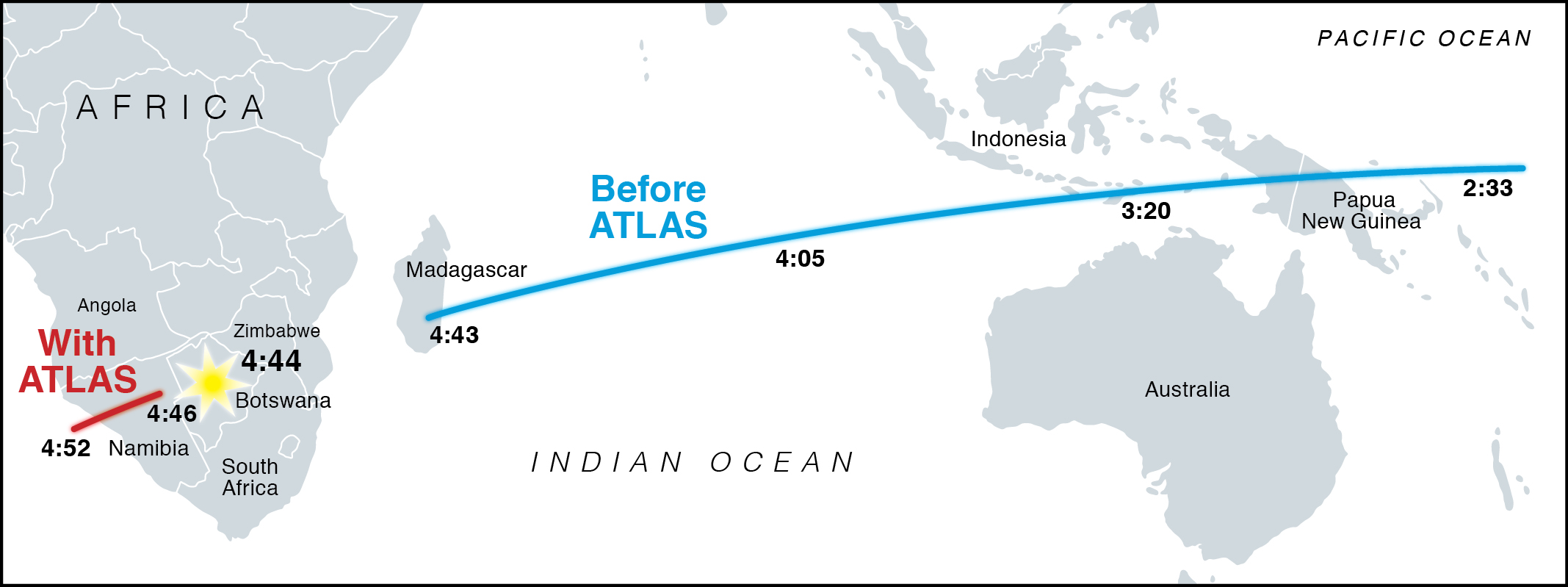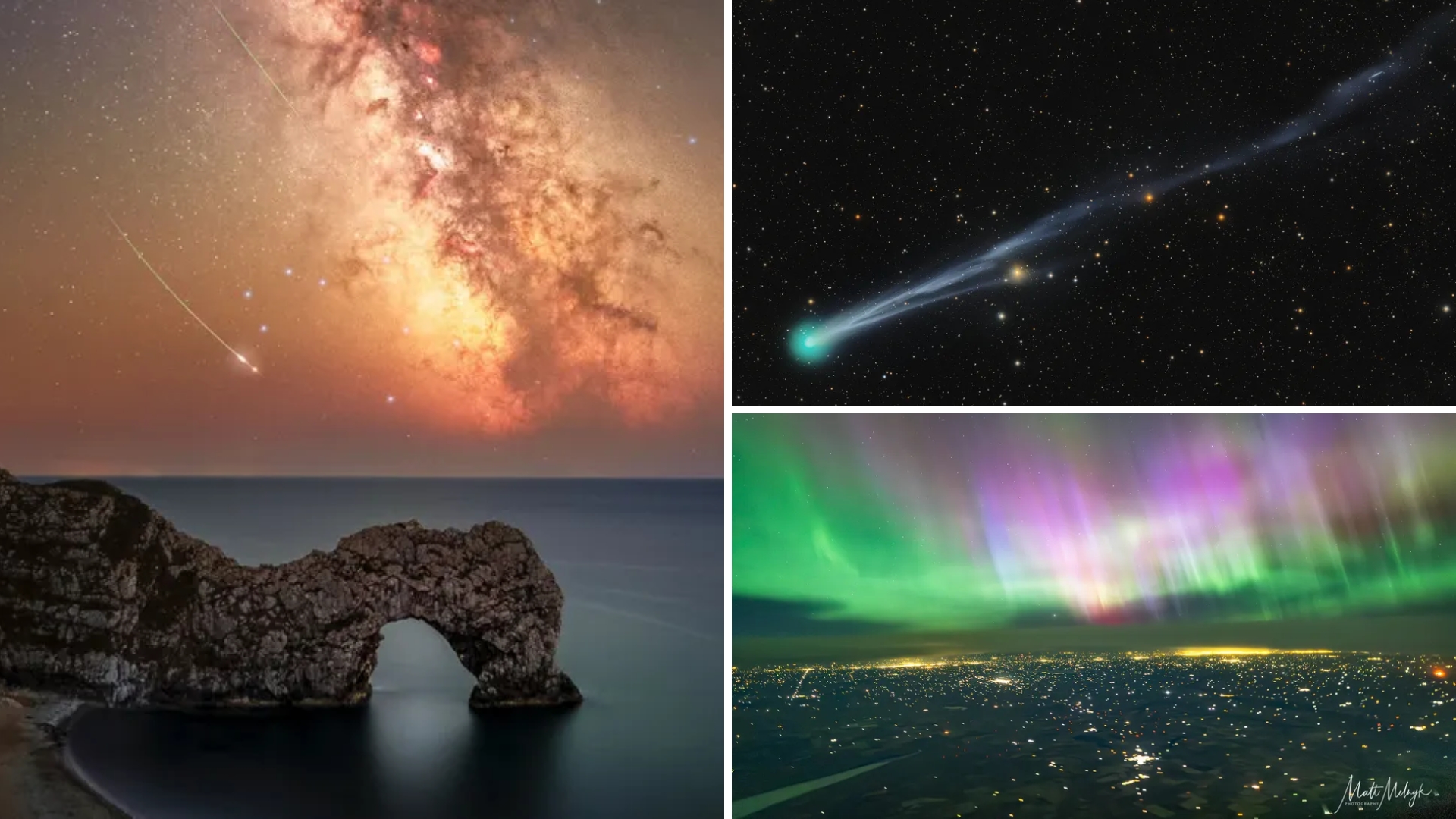Hawaiian Asteroid-Warning Telescope Passes Key Test

If you're someone who worries about death from above, this should make you sleep a little easier.
A telescope that's part of the Asteroid Terrestrial-impact Last Alert System (ATLAS) in Hawaii showed its chops on June 2, spotting an incoming space rock about 5 hours before the interloper smashed into Earth's atmosphere.
The asteroid, called 2018 LA, was tiny — on the order of 6 feet (1.8 meters) across or so — and the ATLAS scope picked it up as part of an automated survey, not a directed search, researchers said. (ATLAS didn't discover 2018 LA, however; the Catalina Sky Survey in Arizona did, a few hours earlier that same day.) [Asteroid Threat: Potentially Dangerous Space Rocks in Pictures]
"This is a great test of the system," ATLAS principal investigator Larry Denneau, of the University of Hawaii's Institute for Astronomy (IfA), said in a statement. "We've confirmed that ATLAS can find impactors. If 2018 LA had been big enough to cause a dangerous explosion, like the asteroid that hit Russia in 2013, we'd have had enough warning that people could evacuate the impact zone."
Almost all of 2018 LA burned up over southern Africa on June 2. ATLAS' observations allowed scientists to pinpoint the rock's entry point and tie it to a fireball spotted that day by observers in Botswana. Researchers later journeyed to the fall zone and nabbed a few bits of the asteroid that managed to survive the trip to Earth's surface.
"This is only the second time in history that fragments have been found from an asteroid whose orbit was known prior to its impact with Earth — and when they have been chemically analyzed, we'll know what kind of asteroid 2018 LA was," officials with the IfA, which operates ATLAS, wrote in the same statement.
ATLAS consists of two 1.6-foot (0.5 m) telescopes about 100 miles (160 kilometers) apart — one on the Big Island's Mauna Loa volcano and the other on the Maui mountain Haleakala. The two-scope system became fully operational in June 2017.
Breaking space news, the latest updates on rocket launches, skywatching events and more!
The ATLAS telescopes scan the sky autonomously several times every night, looking for potentially hazardous asteroids and other objects of interest. Together, they find about 100 space rocks that are 100 feet (30 m) wide or bigger per year, IfA representatives said.
Asteroids of that size have the potential to wipe out a city. And that's where ATLAS comes in: It's designed to spot such rocks with enough lead time to allow folks in the projected impact zone to scurry to safety.
Actually steering a big, incoming asteroid away from Earth would require much more warning time — likely several years at the minimum, experts have said.
Follow Mike Wall on Twitter @michaeldwall and Google+. Follow us @Spacedotcom, Facebook or Google+. Originally published on Space.com.

Michael Wall is a Senior Space Writer with Space.com and joined the team in 2010. He primarily covers exoplanets, spaceflight and military space, but has been known to dabble in the space art beat. His book about the search for alien life, "Out There," was published on Nov. 13, 2018. Before becoming a science writer, Michael worked as a herpetologist and wildlife biologist. He has a Ph.D. in evolutionary biology from the University of Sydney, Australia, a bachelor's degree from the University of Arizona, and a graduate certificate in science writing from the University of California, Santa Cruz. To find out what his latest project is, you can follow Michael on Twitter.

